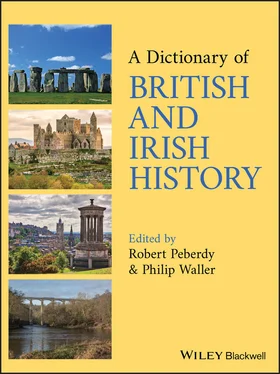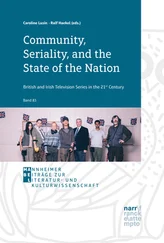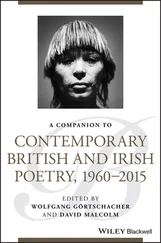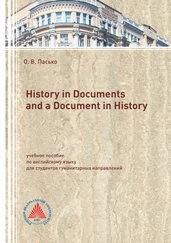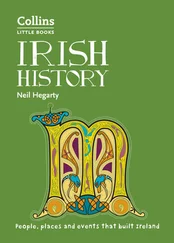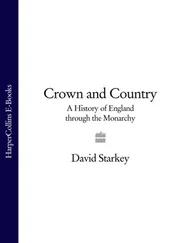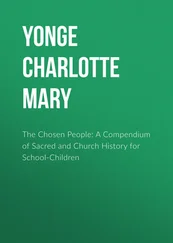England again declared war on 17 March 1672, in conjunction with France (under treaty of DOVER, 1670). Fleets clashed on 28 May at Southwold Bay, England. Parliament forced Charles to withdraw a recent Declaration of INDULGENCE and accept a TEST ACT (March 1673) in return for funds. Political opposition forced Charles to make peace in 1674 (treaty of Westminster, 19 Feb.). See also STOP OF THE EXCHEQUER; JAMES VII/II.
ANGLO‐FRENCH CONVENTIONAn agreement signed on 8 April 1904 at Westminster, London, by the British foreign secretary, the marquess of LANSDOWNE, to settle Anglo‐French colonial disputes, notably regarding Egypt, Morocco and W Africa. It established the Entente cordiale (French, meaning ‘friendly understanding’) between Great Britain and France which developed into a defensive arrangement by 1914. See also FRANCE, ENGLISH AND BRITISH RELATIONS WITH; AGADIR CRISIS. ANGLO‐GERMAN NAVAL AGREEMENTAn arrangement concluded on 18 June 1935 whereby Great Britain accepted a German demand for agreement to expand its naval forces to 35% of British naval strength, enabling Germany to surpass French naval forces. Ostensibly a measure of arms limitation, it constituted APPEASEMENT because German naval construction contravened the treaty of VERSAILLES (1919). See also GERMANY, BRITISH RELATIONS WITH. ANGLO‐IRISH AGREEMENT (1985)see HILLSBOROUGH AGREEMENT ANGLO‐IRISH AGREEMENTS (1938)Agreements on defence, finance and trade signed 25 April 1938 in London by delegations of the British and Irish governments, ending the six‐year ‘Economic War'. Great Britain would return three ‘treaty ports' in southern Ireland (retained since Irish independence). Southern Ireland would pay £10 million to settle unpaid land annuities. Both countries would remove penal customs duties. See also ECONOMIC WAR; SOUTHERN IRELAND FROM 1922. ANGLO‐IRISH LITERATURE
Term used to distinguish literature of Irish origin written in English from literature in Irish. It often refers specifically to writing by Irish authors of English descent, starting as early as the 14th century, and to writers associated with the Protestant ASCENDANCY (18th–20th centuries). In the later 19th and early 20th centuries, such literature was condemned as ‘un‐Irish’ by leaders of the GAELIC REVIVAL, though W.B. YEATS and others argued that literature in both English and Irish contributed to the development of a national canon. English literature of Irish origin since the 1920s–30s is usually described as ‘Irish’.
Notable Anglo‐Irish authors include Jonathan SWIFT (1667–1745), George Berkeley (1685–1753), Edmund BURKE (1729–97), Oliver Goldsmith (1730–74), Maria Edgeworth (1767–1849), Augusta Gregory (1852–1932), Oscar Wilde (1854–1900), George Bernard SHAW (1856–1950), ‘Somerville and Ross’ (cousins Edith Somerville, 1858–1949, and Violet Martin, known as Martin Ross, 1862–1915), Yeats (1865–1939) and Elizabeth Bowen (1899–1973). See also IMMIGRATION TO IRELAND.
ANGLO‐IRISH SOCIETYsee NORMAN IRISH FAMILIES OR OLD ENGLISH ANGLO‐IRISH TREATY
Signed 6 Dec. 1921 at 10 Downing St, London (residence of the British prime minister), by members of the British government (including David LLOYD GEORGE) and representatives of the Dáil Éireann or ‘Assembly of Ireland' (including Arthur GRIFFITH and Michael COLLINS).
The treaty provided for an effectively independent ‘Irish Free State', with informal DOMINION status, from which Northern Ireland (six counties) could (and did) opt out. It was ratified by the Dáil (7 Jan. 1922), but rejected by many republicans (including Éamon DE VALERA) because it confirmed the PARTITION OF IRELAND and retained allegiance to the British Crown. Divisions over the treaty escalated into the IRISH CIVIL WAR. See also IRISH FREE STATE, FOUNDING OF; BOUNDARY COMMISSION.
ANGLO‐JAPANESE ALLIANCEA treaty concluded on 30 Jan. 1902 at Westminster, London, by the British foreign secretary, the marquess of LANSDOWNE, and the Japanese representative Baron Tadasu Hayashi. The countries undertook to defend each other’s interests in E Asia against attack by any two powers. Initially aimed at curbing Russian expansionism, the alliance was strengthened in 1905, modified in 1911, and abandoned in 1921. See also JAPAN, BRITISH RELATIONS WITH. ANGLO‐PERSIAN OIL COMPANYA commercial company formed in 1909 with support of the British government following the discovery of oil in Persia (Iran). Great Britain acquired a controlling interest in 1914 to obtain a reliable fuel supply for its NAVY. The government supervised policy but avoided involvement in commercial administration. The company was renamed the Anglo‐Iranian Oil Company in 1935, and British Petroleum in 1954. From 1954 Iran’s oil was exploited by a consortium including British Petroleum. See also OIL INDUSTRY. ANGLO‐POLISH GUARANTEEAn undertaking announced by the British prime minister Neville CHAMBERLAIN on 31 March 1939, whereby Great Britain would resist any threat to the independence of Poland. Provoked by the German invasion of CZECHOSLOVAKIA, it was reinforced by an Anglo‐Polish alliance (25 Aug. 1939). Germany’s attack on Poland on 1 Sept. caused Britain to declare war (3 Sept.), but it was unable to defend Poland. See also POLAND, BRITISH RELATIONS WITH; WORLD WAR II, BRITISH INVOLVEMENT. ANGLO‐RUSSIAN CONVENTIONA treaty signed on 31 Aug. 1907 at Westminster, London, by government representatives to reduce friction between Great Britain and RUSSIA in Asia. The powers agreed spheres of influence in PERSIA (Iran), AFGHANISTAN and Tibet (under Chinese suzerainty). With the ANGLO‐FRENCH CONVENTION (1904), it furthered the development of an anti‐German bloc. See also RUSSIA AND USSR, ENGLISH AND BRITISH RELATIONS WITH. ANGLO‐SAXON CHRONICLEAn account of events mainly in Anglo‐Saxon England, arranged by year and written in Old English. It was originally compiled from various sources in the late 9th century, probably for King ALFRED. The earliest content is dubious. From 648 some entries may be contemporary. The Chronicle was continued in separate versions to the mid 11th century, and in one text until 1154. ANGLO‐SAXONS
Term used from 883 (alongside others) in writings connected with the court of ALFRED, king of WESSEX (e.g., Latin description of Alfred as Angulsaxonum rex , ‘king of the Anglo‐Saxons’). It recognized peoples combined under Alfred’s rule: SAXONS of Wessex (S England) and ANGLES of (western) MERCIA (W Midlands).
After Alfred’s death (899), the term was retained by his son EDWARD THE ELDER (ruled 899–924), but dropped by Edward’s successor ATHELSTAN from 927 when he expanded the territory under his rule ( see ENGLISH). The term is used more broadly by historians to describe Germanic rulers and culturally Germanic inhabitants in southern Britain in the 5th–10th centuries (sometimes until the Norman invasion of 1066). See also GERMANIC IMMIGRATION, SOUTHERN BRITAIN; KINGSHIP, ANGLO‐SAXON.
ANGLO‐SCOTTISH BORDERsee BORDER, ANGLO‐SCOTTISH ANGLO‐SPANISH WAR
A conflict of varying intensity, 1585–1604. It arose largely from Spain’s attempt to suppress a revolt (from 1566) in the Netherlands (modern Netherlands, Belgium, Luxembourg and part of NE France), which then belonged to the king of Spain, Philip II. England’s ruler, ELIZABETH I, feared that if (Catholic) Spain suppressed local liberties and established absolute rule, (Protestant) England’s security and commercial interests would be threatened. Spain sought to re‐establish Catholicism in England.
Читать дальше
